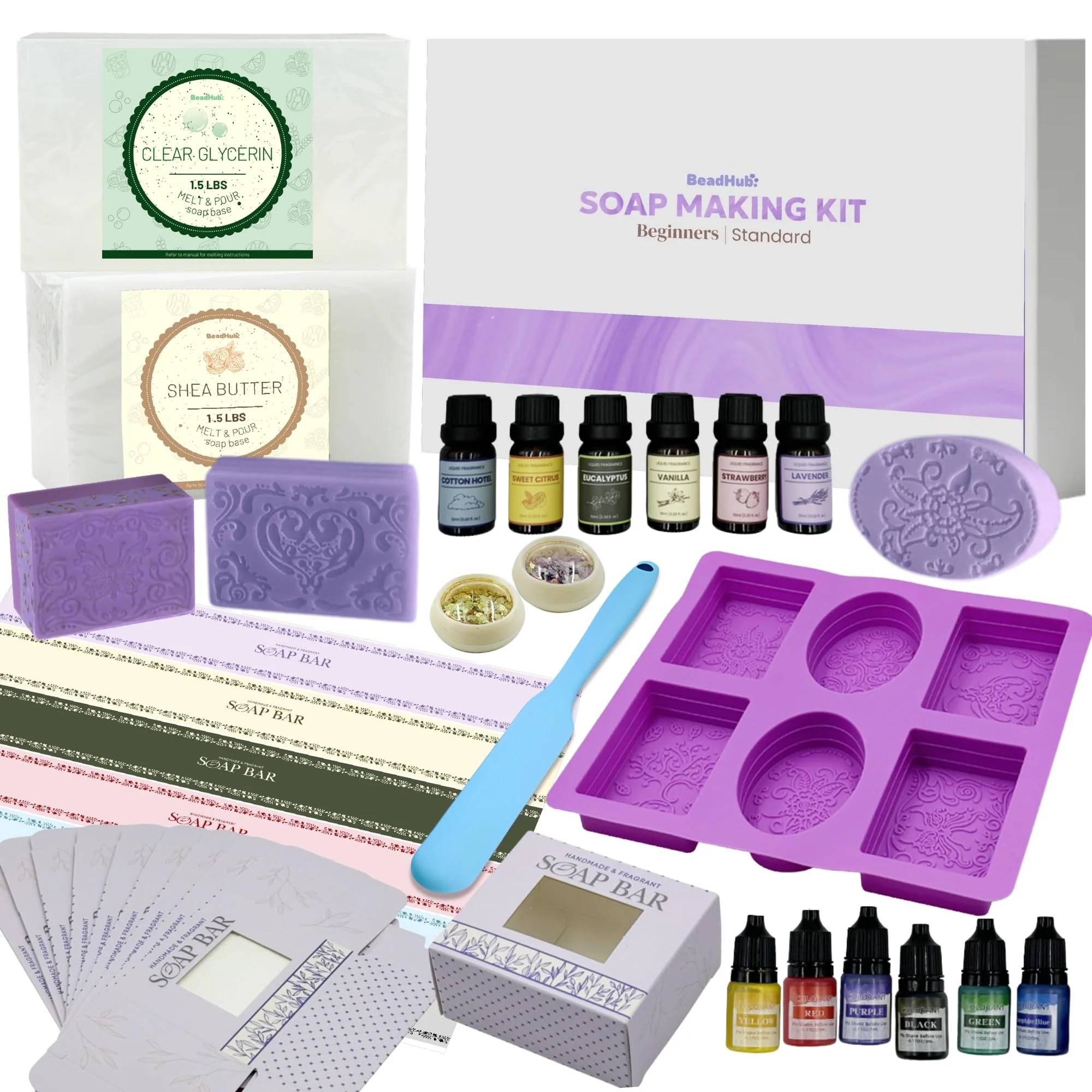Diving into the art of soap crafting is like unlocking a fragrant, colorful universe where creativity and chemistry collide. Whether you crave silky-smooth bars infused with essential oils or rustic, organic soaps that whisper “handmade,” a high-quality soap making kit is your gateway to crafting perfection.
What Supplies Do I Need for Soap-Making?
Before you dive into your first batch, gather the essentials. You’ll need a mold, a reliable digital scale, safety goggles, gloves, a thermometer, and a stick blender. The ingredients list is equally crucial—lye (sodium hydroxide), distilled water, natural oils like olive or coconut, and your choice of colorants and fragrances. A good kit typically provides all of these, saving you from the hunt for individual components.
Is Making Soap Profitable?
Absolutely—if you’re smart about it. Homemade soap sits in a sweet spot between art and necessity. With the rising demand for sustainable, skin-friendly products, handcrafted soaps can yield impressive profit margins. The key lies in sourcing affordable raw materials and developing a signature scent or design that distinguishes your brand. Social media and local craft fairs can help turn your hobby into a lucrative venture.
How Do I Start Making My Own Soap?
Start small. Begin with melt-and-pour bases if you’re nervous about handling lye. Once you’re confident, graduate to cold process soap making, which offers complete control over ingredients and textures. Always measure precisely, follow recipes carefully, and allow your soap to cure for four to six weeks to achieve the perfect balance of hardness, lather, and longevity.
What Are the Best Fragrances for Soap Making?
Fragrance transforms your soap from plain to irresistible. Popular picks include lavender for relaxation, eucalyptus for invigoration, and vanilla for warmth. For a unique twist, blend citrus with herbs—think lemon and basil or orange and rosemary. Always ensure the fragrance oils or essential oils are safe for cosmetic use and stable in the saponification process.
What Is Cold Process for Soap Making?
The cold process is the classic, artisan method of soap making. It involves combining oils and lye at room temperature and allowing the mixture to harden naturally without external heat. This process retains the natural glycerin produced during saponification, resulting in a moisturizing bar that feels luxurious on the skin. The only downside? Patience—it takes weeks for the soap to fully cure, but the results are worth every minute.
What Is the Best Organic Soap Making Kit?
Look for kits that emphasize pure, sustainable ingredients—organic coconut oil, shea butter, and plant-based colorants. Brands that include reusable molds and eco-friendly packaging are especially commendable. Some top-rated options even feature pre-measured ingredients and step-by-step guides, making them ideal for both beginners and seasoned crafters.
Final Thoughts
Soap crafting isn’t just about creating something that cleans—it’s about designing an experience, a scent memory, and a piece of art you can hold in your hand. With the right tools, a spark of imagination, and a bit of patience, your kitchen can transform into a mini apothecary of creativity. Whether you’re doing it for fun or profit, the journey is as rewarding as the final, fragrant bar itself.




